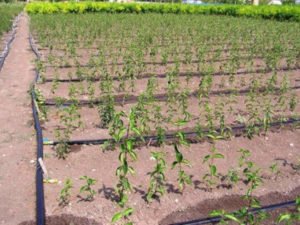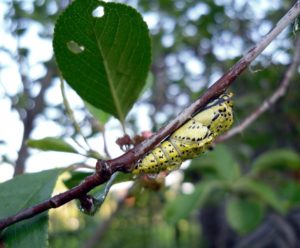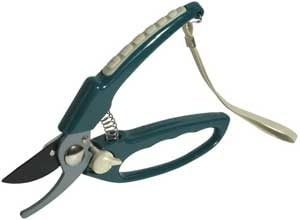
In my garden this year, a beautiful crop of apples. I once made the mistake of not really bothering to save the names of the varieties. And only now, when the trees have entered the phase of good fruiting, I realized that in vain. Knowing the variety, you can confidently determine the time when you need to collect the fruit.
This is especially true for pears. Some varieties should not be allowed to outweigh the tree. Because if you do not pick them in time, they become grainy, resembling boiled potatoes. And many simply darken inside, losing the taste.
Pears need to be collected taking into account many factors. This is the ripeness of the seeds, the change in color, the strength of the attachment of the stem to the twig. Summer varieties can remain on the tree until full ripeness. But winter storage varieties are usually removed earlier, long before the onset of consumer maturity.
Store the pears without packaging. It is necessary to keep the wax coating on them, if any. Store the stem up, it is desirable to put the pears in one layer.
But with the apples in the warehouse, you need to do something different. One option is to wrap each apple in paper. I used to use a newspaper, but it is not very suitable for storage. The chemical elements contained in the printing ink, even in small quantities, but still seep into the fruit. Apples are conveniently wrapped in napkins.
The paper wrapper will prevent diseases from spreading from one apple to another. Similarly, apples are packed in small batches in thin plastic bags. Packages should be small. In large, thick plastic bags, apples are stored poorly. But the fruits packed in bags are well preserved until spring.
We should also remember that it is not necessary to sort apples packed in this way. The more often you open packages, the worse their contents will be stored. Opening a small bag, I sometimes found a rotten apple. The others were unharmed.
For better preservation of apples, it is desirable to provide them with a low storage temperature. The optimal temperature is considered to be from +1 to -1 °C (33.8-30.2°F). It turns out that apples freeze at a temperature of -1.5 °C (29.3°F). And if you can provide a reliable temperature of -1°C (30.2°F), this is the best option. But in practice, in the conditions of suburban gardening, it is very difficult to do this. Therefore, as soon as the crop is harvested, pack it or wrap it in paper, put it in boxes and put it in the cellar.
First, lower them as low as possible, close to the floor, where the temperature is lowest. But in winter, you need to measure the temperature at different levels and move the boxes to optimal storage conditions. As a rule, if the basement is located in an unheated cottage, the ceiling temperature in it will be significantly lower than at floor level. That is why it is desirable to have racks in the cellar, which will allow you to choose the optimal storage conditions for each product. And the methods of decontamination of cellars with lime, known to our great-grandfathers, also contribute to the preservation of fruits. Slaked lime absorbs some substances that are in a gaseous state and negatively affect the safety of the fruit.




Leave a Reply